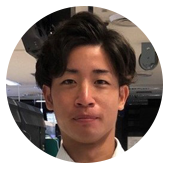Higuchi Takashi says his development work started with an offer he couldn't refuse ― or rather, a personality he couldn't refuse. It was 2017, and Nakamura Tetsu had returned to Japan to ask for the engineer's help. Higuchi says he couldn't send the famous doctor away empty handed:
"I started this work with the hope Dr Nakamura would return to Afghanistan with a little bit of joy."
Today, Higuchi is a board member and technical advisor at Peshawar-kai. He specializes in construction of water intake weirs ― the critical connection mechanism that joins rivers to irrigation canals ― and his expertise has helped to transform a large swathe of Afghanistan's badlands into lush, green farms.

Old weir leads to a personal connection
Higuchi's connection to Dr Nakamura came about because of a centuries-old marvel of Japanese technology: Yamada Weir in Asakura City.
Built during the Edo period, the Yamada Weir continues to enrich farmland by drawing water from the Chikugo River ― no electricity or machinery required.
Nakamura, himself a native of Fukuoka Prefecture, believed that breathing life into Afghanistan's parched landscapes would require constructing a water intake weir along a major river. But it had to be simple, something that local people could build, uphold, and oversee on their own. The Yamada Weir seemed to be the perfect prototype.

Higuchi refused Nakamura's initial request for help. But the doctor persisted with a visit to the engineer's company.
"When I met Nakamura in person, I found him to be a very kind and gentle man; not the least arrogant. I doubt most people could refuse his request."
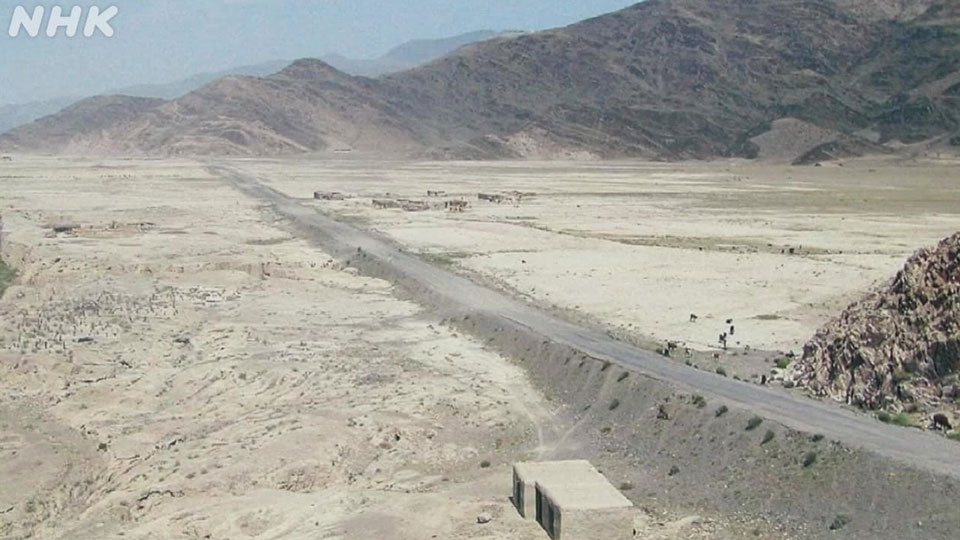
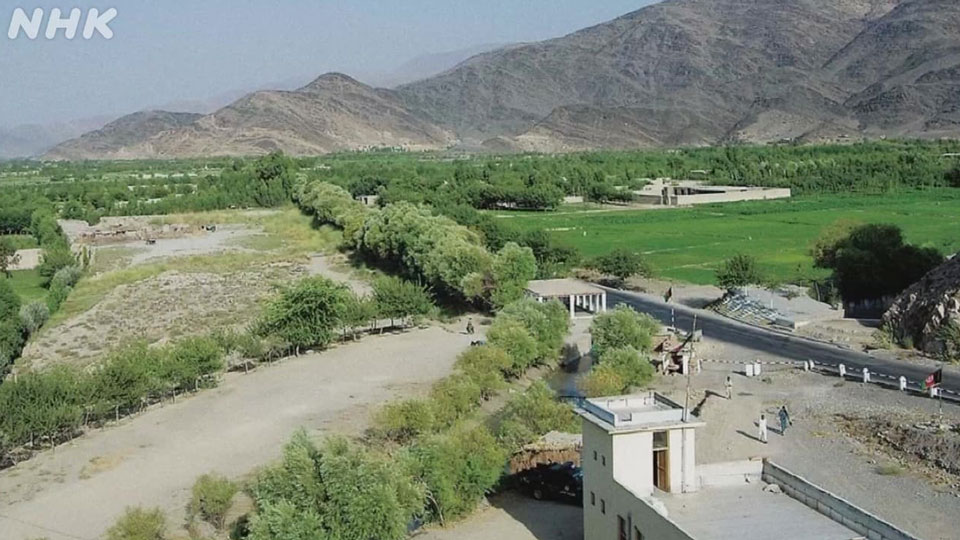
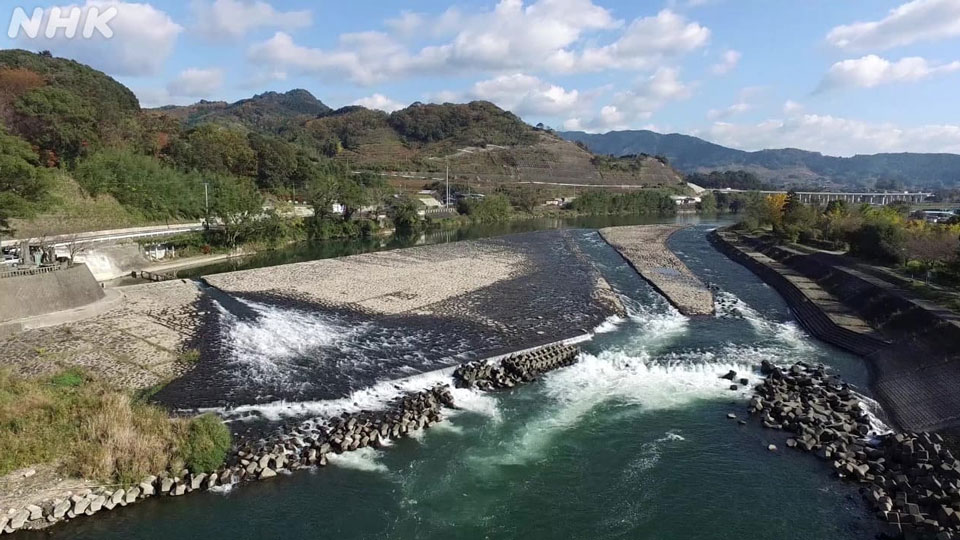
Working with local people
Higuchi decided to collaborate. What sealed the partnership, he said, was Nakamura's commitment to "work together with the local people."
His first task was to craft a model simplifying the Yamada Weir's functionality. Nakamura wanted it to be easy for locals to understand. Drawing from historical documents, Higuchi meticulously recreated a scaled down version, using real pebbles and trees from the Yamada Weir site.
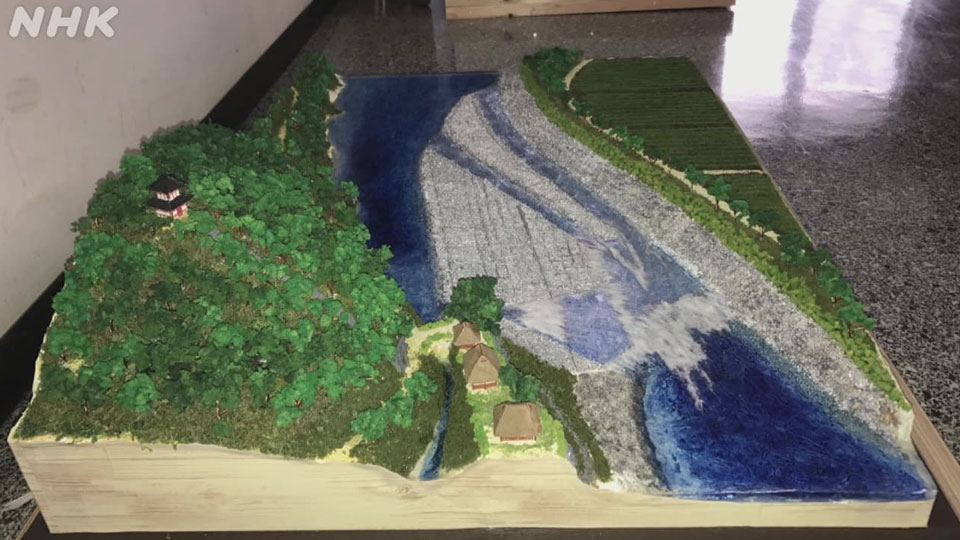
The model took a year to create, and Nakamura was thrilled with the result. It's now on display at Peshawar-kai office in Afghanistan, serving as a reference for local water intake weir construction.

Higuchi held training sessions at the Yamada Weir every year for three years until Nakamura's death in 2019.
Nakamura prioritized hands-on involvement in the field ― a principle that led to his next request of Higuchi: offer direct guidance to people from Afghanistan, the kind of assistance that would allow them to break free of poverty and live independent lives.
For three consecutive years until Nakamura's passing in 2019, Higuchi ran annual training sessions at the Yamada Weir. He taught Nakamura's Afghan colleagues essential skills for constructing the water intake weirs, focusing on accurate site surveys.
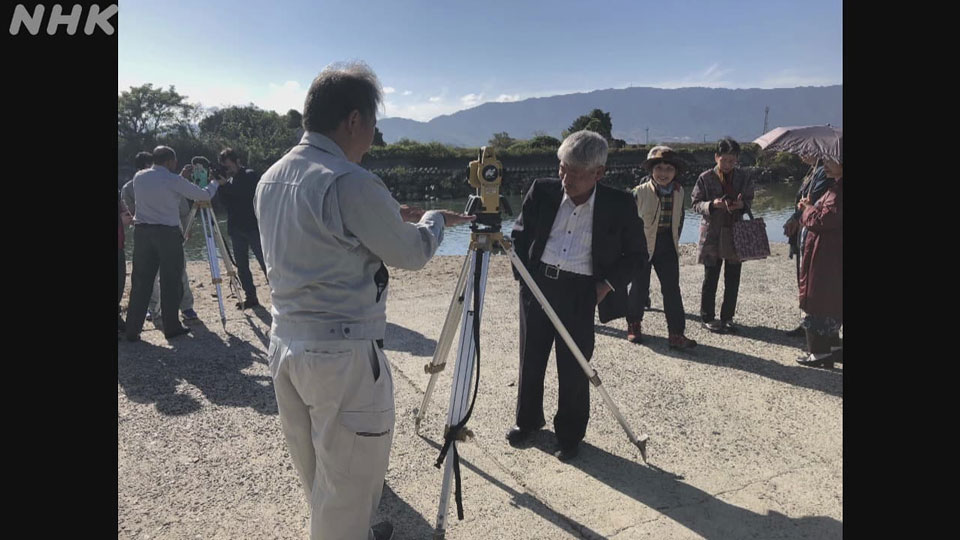
Nakamura acted as an interpreter during these training sessions. His Afghan colleagues were eager to ask Higuchi questions.
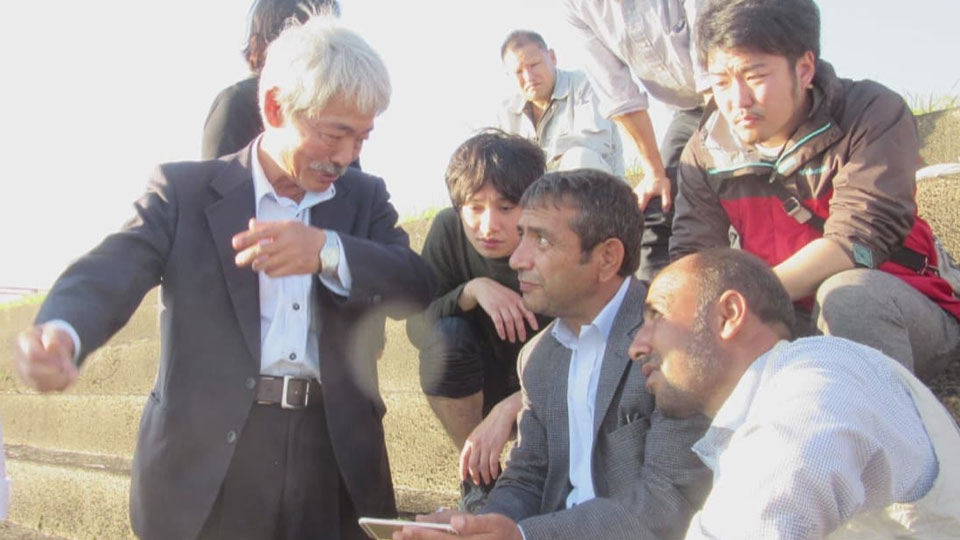
"Nakamura himself was impressed by the survey instrument, and asked if he could try using it," said Higuchi. "The construction skills of his Afghan colleagues were improving tremendously, so I think he wanted to challenge himself."
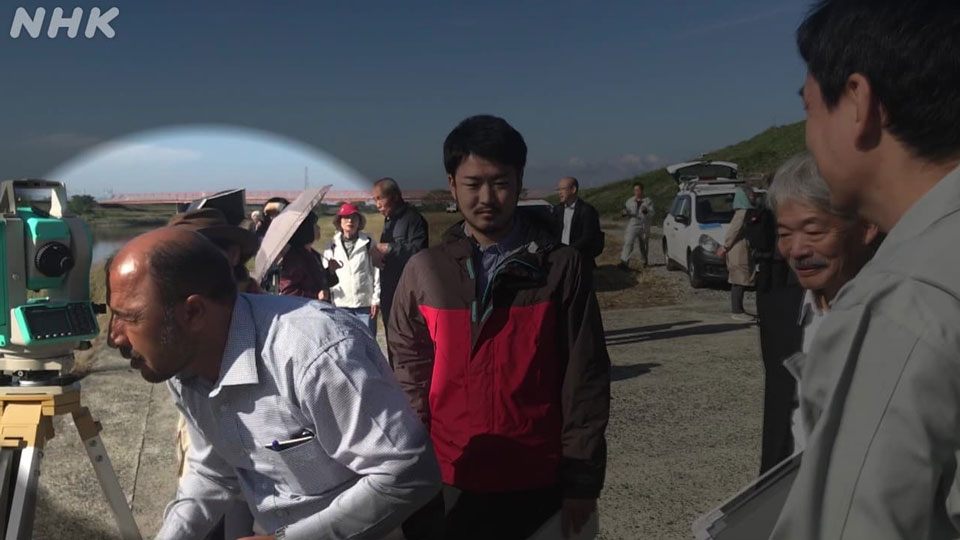
Higuchi noted that one of the Afghan trainees has gone on to become a field supervisor, applying the knowledge gained.
Simple technology
Nakamura always looked for ways to use the simplest technology. During the training, he closely observed the gravel discharge of the Yamada Weir ― an integral component that segregates clean water from sediment for discharge into the irrigation channel.
"If the latest electrical gates are installed at gravel outlets, no one can build them locally when they break down. We are replacing all such parts so they can be applied locally," said Higuchi. "The goal was to make it possible for local people to maintain and manage the entire system. Nakamura was most particular about this."

Nakamura set up a training center in Afghanistan to provide expertise in civil engineering and related fields for human resource development. The center has trained some 400 local engineers eager to learn about water intake weir construction.

Nakamura's desire to promote a grassroots partnership bore fruit during an emergency in August 2023. The Kunar River, a major waterway in Afghanistan, surged, causing damage near the water intake weir. With key infrastructure out of action, people in the area with civil engineering know-how were able to initiate restoration efforts on their own.


Nakamura's enduring legacy
Despite grappling with numerous challenges over its 40-year journey ― including war, major earthquakes, and the loss of Nakamura ― Peshawar-kai remains unwavering. The organization's pursuits are fueled by Nakamura's enduring thoughts and passions.
"Even in a devastated country, I feel a 'light' is really spreading", says Higuchi. "I'd like people to know that somewhere, there are people who put their lives on the line for others."
According to Peshawar-kai, 11 water intake weirs have been constructed in Afghanistan, transforming once barren land into vibrant farmland ― land that is sustaining the livelihoods of over 650,000 people. Remarkably, even after Nakamura's passing, Peshawar-kai has gained over 10,000 new supporters.


